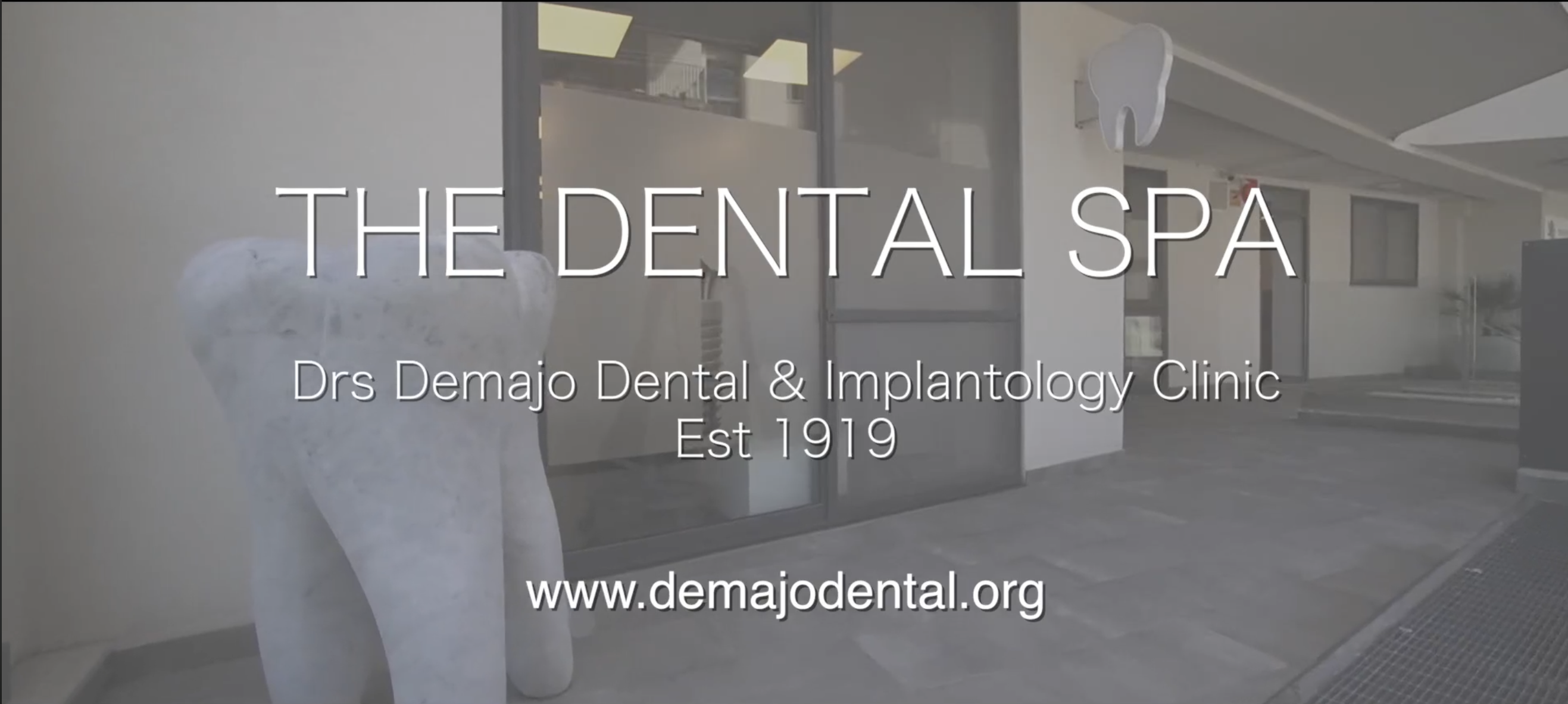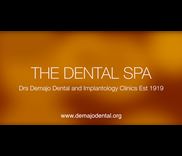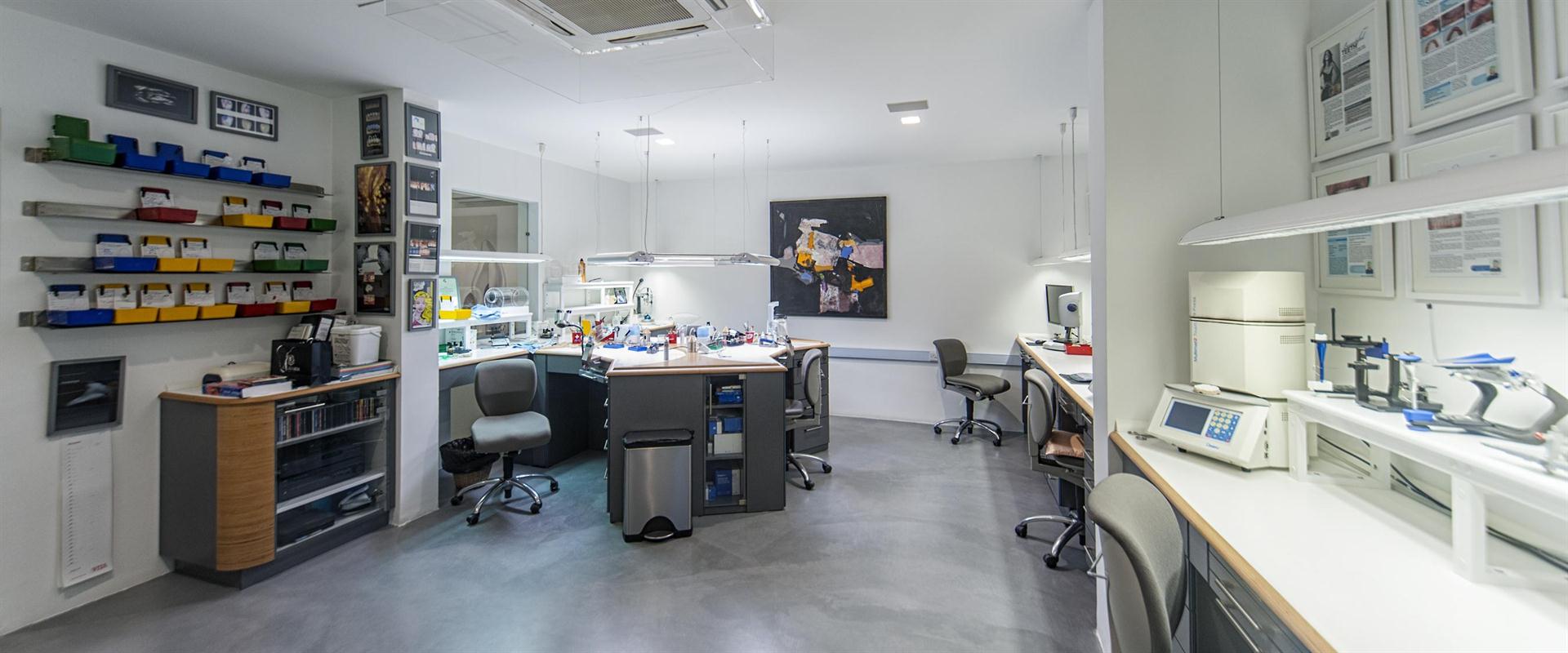Ceramic Dentistry
Artificial teeth may be constructed using several materials. Composite resins, precious and semi-precious metals as well as porcelain may all be used in the construction of teeth. Materials vary in strength, aesthetics, biocompatibility, durability and of course cost! These artificial teeth are conventionally made of a strong sub-structure covered by layers of porcelain.
Fifty years ago gold was the choice of material for the substructure. Teeth would be made of hard gold with a tooth-coloured resin stuck on top of it. The price of gold rose considerably (and keeps rising) and so semi-precious metals took over the market. These materials improved the overall aesthetics, at a cheaper price too as the metal was covered with porcelain. This masked its dark metallic appearance almost completely. However with time the gums would retreat upwards and expose the metal around the tooth. This is partly due to a semi-precious metallic substructure, which leaches elements irritating the gum causing it to move away from the crown. This would leave a horrible noticeable dark line at the neck of the tooth only eliminated by replacing the crown or bridge with a new one. Although margins may be constructed entirely out of porcelain, eliminating the risk of the dark line appearing, this type of crown still does not offer the ideal natural look.
Important factors which must be addressed prior to tooth construction:
- Shape, grooves and curvature must match up with adjacent teeth
- Any Translucency: light must pass through the tooth giving that natural look
- Body colour: deep porcelain layer and surface porcelain
- Are there any uncommon features like intrinsic stains and/or milky-white patches which must be replicated?
“If you have an old crown or are getting your teeth fixed then zirconia is your choice of material”
Most of these factors cannot be entirely addressed in crowns having a metallic substructure. In the past decade a non-metallic material called zirconia was introduced. This material is white in colour and offers excellent strength and biocompatibility. It is said to be the new gold standard and the cornerstone of all aspects of cosmetic dentistry. Zirconia may be used to construct single crowns, small and large bridges as well as any implant-supported crowns and/or bridges. Besides offering excellent aesthetics, the use of zirconia also eliminates the risk of any metallic allergic reactions to the body.
“How long have you been thinking of replacing those old crowns with new ones?? Its time to regain your confidence with you new smile”


